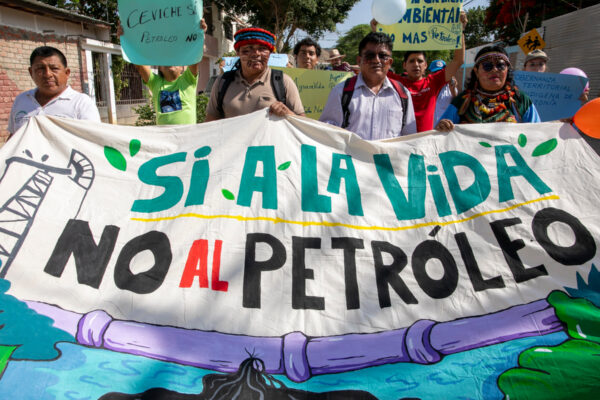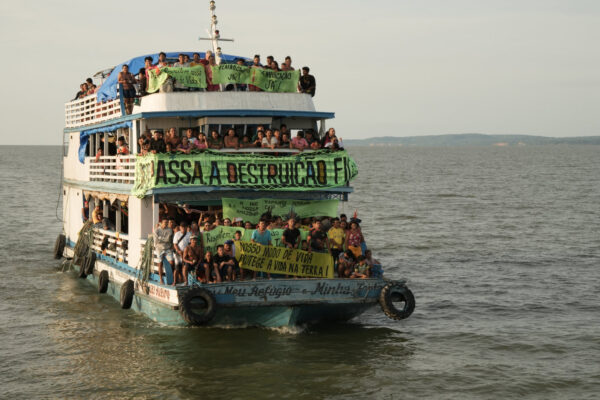On Wednesday February 25, Ecuador’s privately built and operated OCP pipeline ruptured, spilling at least 14,000 gallons of crude into the Santa Rosa river. The river flows east through the Napo province and into the country’s Amazon region.
The break in the OCP pipeline (Oleoducto de Crudo Pesado – heavy crude pipeline) was discovered Wednesday morning when low pressure was detected – a sign that there was a breach in the system. This is the first spill since the pipeline began operating in November of 2003.
The pipeline was the source of significant controversy during its construction. The 190-mile pipeline route—from the Amazon, over Andes, to the Pacific coast – traverses seven national parks and protected areas, including a World Bank Global Environment Facility biodiversity reserve. A 2002 report by a former World Bank specialist provided conclusive evidence that the construction of the pipeline repeatedly violated even minimal World Bank environmental standards. The Ecuadorian government suspended OCP construction several times due egregious violations of the project’s environmental management plan.
By 5pm Wednesday evening, the company claimed the leak was under control. The manager of social responsibility for OCP also assured authorities that the oil did not reach the Coca river, where the city of Francisco de Orellana receives its potable water.
However, despite efforts of 110 workers to control the spill, the crude oil advanced rapidly down the channels of the Santa Rosa and Quijos rivers. So far, some 18 miles have seen the affects of the spill, a stretch where 150 ranchers keep their livestock – the main means of economic survival in the area. Also, according to residents, the Quijos river appears to be contaminated. This river is the main tourist attraction in the area, bringing over 100 rafters and kayakers per week.
The spill was witnessed first hand by a group of journalists, lawyers, and community leaders making the 8-hour road trip back from the Amazon after examining similar oil contamination evidence in the landmark Aguinda vs. Chevron lawsuit. Thirty thousand indigenous peoples and farmers are suing the oil giant for ongoing environmental contamination and human rights abuses stemming from Chevron’s 28-year tenure in the country. Although one environmental scientist with the group, Douglas Beltman, said the magnitude of the OCP spill could not be measured yet, he described the river as being, “completely covered with oil from bank to bank.”
The technicians of the OCP acknowledge that it could take several months to a year to remediate the environment and clean up the spill completely. The mayor of El Chaco, the town closest to the spill site, is calling yesterday’s events an “ecological disaster,” especially because of the spills immediate proximity between the Cayambe Coca Reserve and the Cuyabeno National Park.
When the accident happened, OCP was transporting 130,000 barrels of crude oil. This pipeline is one of the most important and biggest pipelines in Ecuador, second only to the state-owned, trans-Ecuadorian line, Sistema de Oleoducto Transecuatoriano (SOTE). The company has guaranteed its private exporters that it has enough stock to finish its monthly exportation. But it’s unknown how long it will take to complete repairs on the pipeline.













